Autism spectrum disorder: if not vaccines, then what?
New information gained from major scientific papers over the last two years has shed light on the causes and progression of autism spectrum disorder. Estimates from the Global Burden of Disease Study indicate that globally 62.2 million people are currently on the autism spectrum and are affected by autism spectrum disorder. Such numbers have not changed significantly over the last decade.
Autism spectrum disorder is typically diagnosed between 1 and 2 years of age, a time which has been noted to coincide with marked brain volume overgrowth. Now, additional and new evidence from magnetic resonance imaging (MRI) studies indicates that the changes in the brains of children with autism spectrum disorder leading to brain overgrowth can be detected by 6 to 12 months of age. However, from autopsy studies it appears that the dysregulation of the prefrontal and temporal lobes of the brains in children with autism spectrum disorder actually occurs much earlier and during pregnancy. Such prenatal changes are set in motion due to genetic and/or epigenetic alterations happening around the time of conception or shortly thereafter. Approximately 65 new genes have been identified in this role.
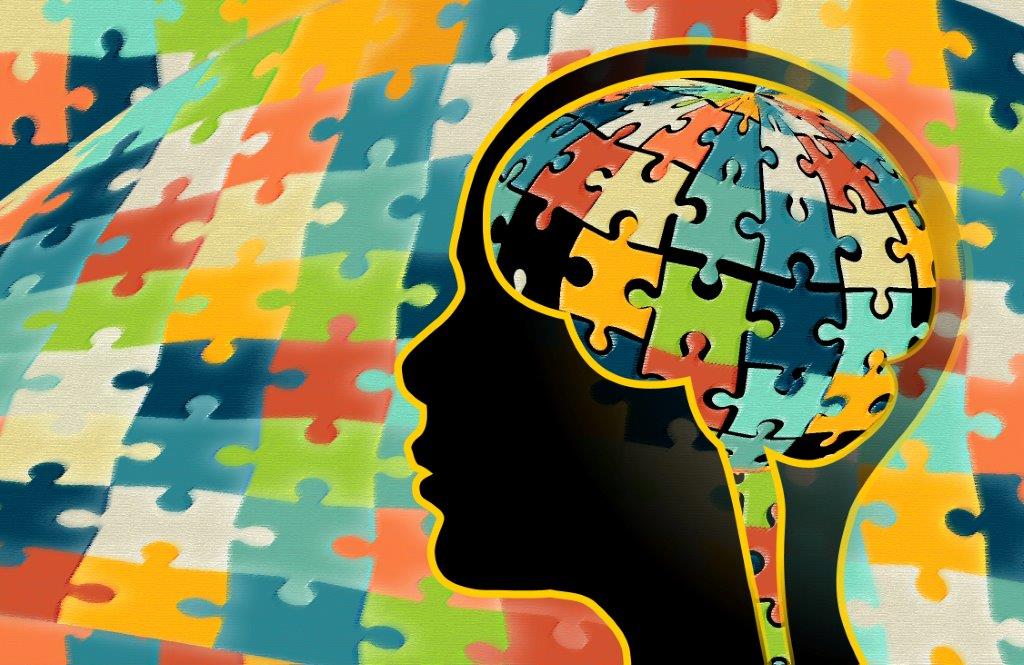
Environmental exposures to chemicals or infectious agents in early pregnancy, especially around the time of conception, may also contribute to autism spectrum disorder. Several chemical exposures have been identified in addition to congenital virus infections acquired during pregnancy. In contrast, abundant data have shown there is no link between pediatric vaccines and autism.1-3 We need a better understanding of the pathways leading to brain volume overgrowth and autism
The Global Burden of Disease Study
The Global Burden of Disease Study (GBD) is a massive initiative supported by the Bill & Melinda Gates Foundation that estimates the prevalence and level of disability of approximately 300 diseases and injuries. The most recent capstone papers for the year 2015 (GBD 2015) were published in 2016 in The Lancet.4,5 According to GBD 2015, approximately 62.2 million people were on the autism spectrum in 2015, including 24.8 million people with autism and 37.2 million with Asperger syndrome and other autism spectrum disorders.4 GBD 2015 also estimates that autism spectrum disorder resulted in 10 million disability-adjusted life years (DALYs) in 2015.5 In order to put that number in perspective, autism spectrum disorder produces a global disease burden roughly equivalent to that of bipolar disorder (9 million DALYs), rheumatic heart disease (10.5 million DALYs), or breast cancer (15.4 million DALYs).5 It’s also interesting to note that the age-specific prevalence of autism spectrum disorder has not changed over the last decade,4 nor (according to GBD 2013) has it changed between the years of 1990 and 2010.6
The Causes of Autism
Genetics. The genetic basis of autism spectrum disorder was recently summarized in an article published in Nature Neuroscience by groups at Princeton University and the Simons Foundation.7 Autism spectrum disorder genetics is highly complex, even “daunting” in the words of the authors, involving “multiple modes of inheritance, a sizeable contribution from de novo events, and hundreds of both rare and common variants likely contributing to the disease.”7 Despite such complexities, great progress continues. Approximately 65 autism spectrum disorder genes have been identified so far, although it is estimated that up to 1,000 genes will ultimately be identified for autism risk.7
Using a computational approach, the Princeton/Simons group built an integrative gene network allowing them to identify genes regulating the cerebral cortex at the early or mid-fetal stage of development – mostly the genetic changes affecting the development of the prefrontal, temporal and cerebellar cortex of the fetus.7 A key point is that the changes in the brain of children with autism spectrum disorder are happening prenatally (during pregnancy and before birth). Such findings are also consistent with brain autopsy studies of a group at the University of California San Diego and published in the New England Journal of Medicine showing disruptions in the architecture and organization of prefrontal and temporal parts of the cerebral cortex in children with autism spectrum disorder, which also indicates dysregulation at the prenatal stage of development (Fig. 1).8
Epigenetics and Prenatal Environmental Effects. The identification of genes affecting the neurodevelopment of the prefrontal and temporal lobes of the developing fetal brain does not preclude additional influences. For instance, the study of epigenetics has revolutionized modern biology, and refers to something beyond the altered genes highlighted above, instead focusing on how these genes are subsequently modified and expressed. In the case of autism the changes in the brain seen in early fetal development may be due to not only altered genes, but also gene modifications resulting from specific processes such as chemical modification of the genes (e.g., DNA methylation), or modification of the proteins that regulate the genes (e.g., histone modification or repressor proteins), among others.
Potentially some of these changes could be enacted through prenatal exposure to chemicals in the environment. Dr. Phil Landrigan, an environmental epidemiologist at Mount Sinai School of Medicine in New York has reviewed the literature on such chemicals and they include exposure of the developing fetus to chemicals and drugs such as thalidomide, misoprostol, valproic acid, and an insecticide known as chlorpyrifos.9 Also rubella (German measles) infection during pregnancy can result in congenital rubella syndrome in which children exhibit traits and characteristic that resemble those of autism spectrum disorder.9 Recently, prenatal exposure to herpes simplex virus 2 (HSV-2) has also shown some association with autism.10
In contrast, there is no association between autism spectrum disorder and childhood vaccines – those studies were recently reviewed.2 In addition there appears to be no association with influenza vaccine given to pregnant women.11 The irony is that we might actually prevent autism spectrum disorder by expanding coverage of the MMR vaccine that prevents congenital rubella infection, or by developing a new vaccine against HSV-2! Ultimately there is an urgent need to better understand the environmental exposures during pregnancy that can promote abnormal prefrontal and temporal cerebral cortex development leading to autism spectrum disorder.
Natural History of Autism
What happens once the altered genes or epigenetic changes promote abnormal development of the prefrontal and temporal lobes of the cerebral cortex? One of the major alterations is in head size. Multiple studies have confirmed an association between some types of autism spectrum disorder and macrocephaly – enlarged head11 – and an increase in brain volume in adolescents and adults with autism spectrum disorder has been noted for two decades.12 This brain volume overgrowth is seen between 1 and 2 years of age, a time when autism spectrum disorder is generally diagnosed,12 but in 2017 Dr. Joseph Piven and his colleagues published a detailed assessment of early brain development in younger infants at high risk of autism spectrum disorder. Specifically, using high-resolution magnetic resonance imaging of the brain they found that hyperexpansion of the cortical surface areas of the brain begins by 6 to 12 months of age, and is an early event leading to brain overgrowth and autistic deficits in infants diagnosed at a later time.12 Piven and his colleagues note that similar cortical hyperexpansions occur in genetically engineered mouse models of autism.12
A key implication of these studies is that while parents or teachers often first notice that a child is showing signs of autism spectrum disorder as a toddler between 1 and 2 years of age, the defects in the brains of these children can be detected by MRI much earlier, between 6 and 12 months. Moreover, according to microscopic analysis of the tissues in the prefrontal and frontal cortices, the changes are already being noted prenatally.
Synthesizing the Information
A summary of this information in presented in the figure below. Briefly, autism spectrum disorder is typically diagnosed between 1 and 2 years of age, a time coinciding with marked brain volume overgrowth. However, new evidence indicates that the changes in the brains of children with autism spectrum disorder can be detected by MRI at 6 to 12 months of age. Additional autopsy studies suggest that dysregulation of the prefrontal and temporal lobes of the brain happens prenatally and is set in motion due to genetic or epigenetic alterations happening around the time of conception or shortly thereafter. Environmental exposures to chemicals or infectious agents at this time could play a role.
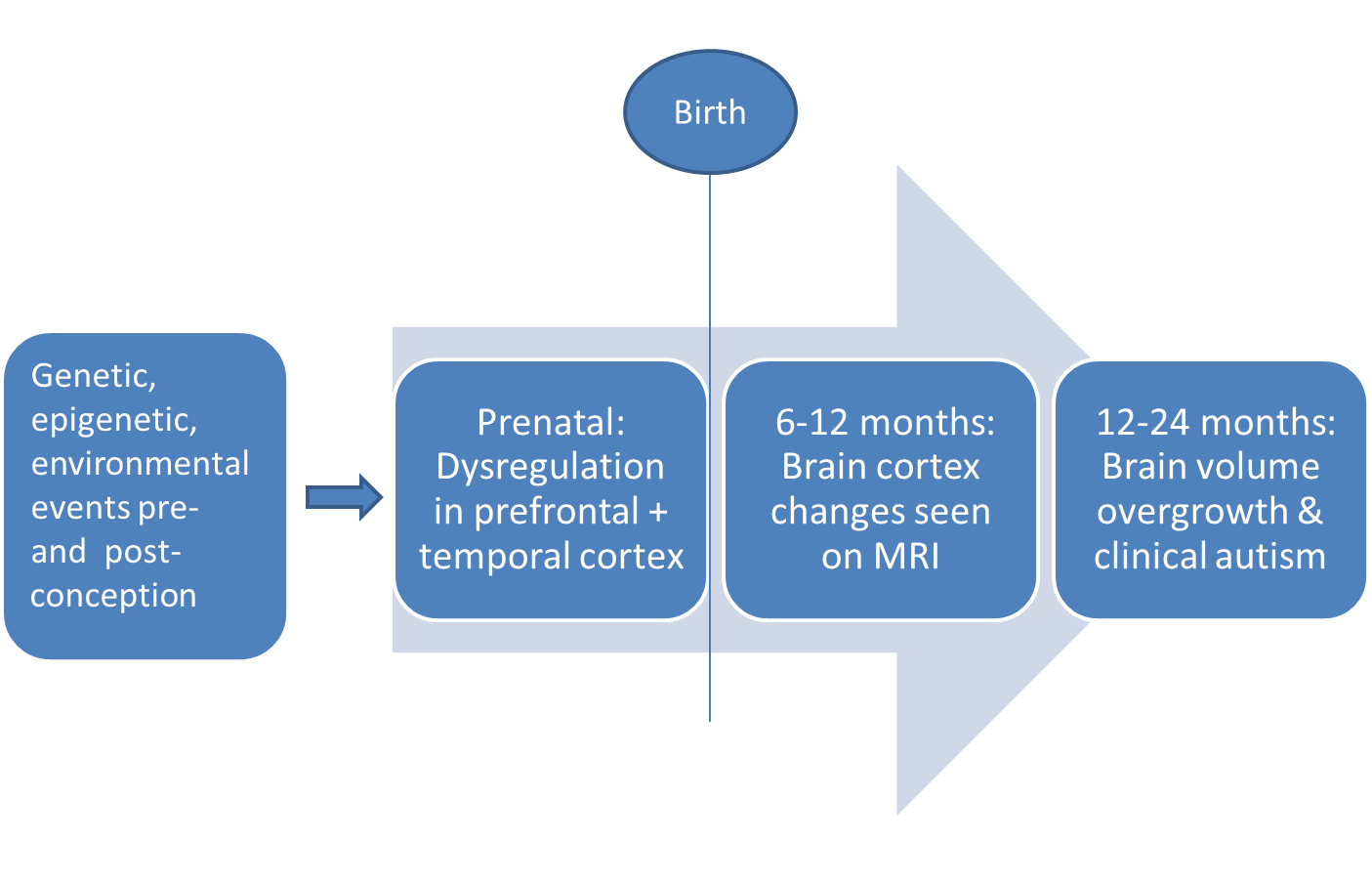
We need a better understanding of this pathway, but with regards to vaccinations, it is useful to point out that when a parent feels that there was a sudden change in behavior at say one year of age after a child received his/her MMR vaccine or at 18 months when the DTaP or other vaccines are given, all of the new information indicates that the sequences of events leading to autism were already set in motion during pregnancy and changes on MRI scans are already apparent by 6 to 12 months of life.
Professor Peter Hotez, M.D, Ph.D. is a university-based vaccine scientist developing new vaccines for poverty-related neglected diseases and neglected tropical diseases. He is also an autism dad – the father of an adult daughter with Autism Spectrum Disorder and other mental disabilities. Dr. Hotez writes and speaks on autism and vaccines, having taken the viewpoint that there is no proven link between vaccines and autism and that our nation is at risk for the return of measles and other childhood vaccine-preventable diseases. Dr. Hotez is Dean of the National School of Tropical Medicine at Baylor College of Medicine, and Director of the Texas Children’s Hospital Center for Vaccine Development in Houston, Texas.
Literature Cited
- Hotez PJ (2016) Texas and Its Measles Epidemics. PLoS Med, 13(10): e1002153.
- Hotez PJ (2017) The “why vaccines don’t cause autism” papers. PLoS Blogs, Speaking of Medicine, January 17.
- Hotez PJ (2017) How the antivaxxers are winning. The New York Times, February 8
- GBD 2015 Disease and Injury Incidence and Prevalence Collaborators (2016), Global, regional, and national incidence, prevalence and years lived with disability for 310 diseases and injuries, 1990-2015: a systematic analysis for the Global Burden of Disease Study Lancet,388: 1545-602.
- GBD 2015 DALYs and HALE Collaborators (2016), Global, regional, and national disability-adjusted life-years (DALYs) for 315 diseases and injuries and healthy life expectancy (HALE), 1990-2015: a systematic analysis for the Global Burden of Disease Study 2015. Lancet, 388: 1603-58.
- Vos T, Flaxman, AD, Naghavi M, Lozano R, Michaud, C, Ezzati M, et al (2012). Years lived with disability (YLDs) for 1160 sequelae of 289 diseases and injuries 1990-2010 : a systematic analysis for the Global Burden of Disease Study 2010. Lancet, 380 : 2163-96.
- Krishnan A, Zhan R, Yao V, Theesfeld CL, Wong AK, et al (2016) Genome-wide prediction and functional characterization of the genetic basis of autism spectrum disorder. Nature Neuroscience, 19 : 1454-62.
- Stoner R, Chow ML, Boyle MP, Sunkin S, Mouton PR, et al (2014) Patches of disorganization in the neocortex of children with autism. New England Journal of Medicine, 370 : 1209-19.
- Landrigan PJ (2010) What causes autism? Exploring the environmental contribution. Current Opinioin in Pediatrics, 22 : 219-225.
- Mahic M, Mjaaland S, Bovelstad HM, Gunnes N, Susser E, et al (2017) Maternal immunoreactivity to herpes simplex virus 2 and risk of autism spectrum disorder in male offspring. mSphere, 2 : e00016-17.
- Klein S, Sharifi-Hannauer P, Martinez-Agosto JA (2013) Macrocephaly as a clinical indicator of genetic subtypes in autism. Autism Research, 6(1) : 51-56.
- Hazlett HC, Gu H, Munsell BC, Kim SH, Styner M, et al (2017) Early brain development in infants at high risk for autism spectrum disorder. Nature, 542 : 348-51.

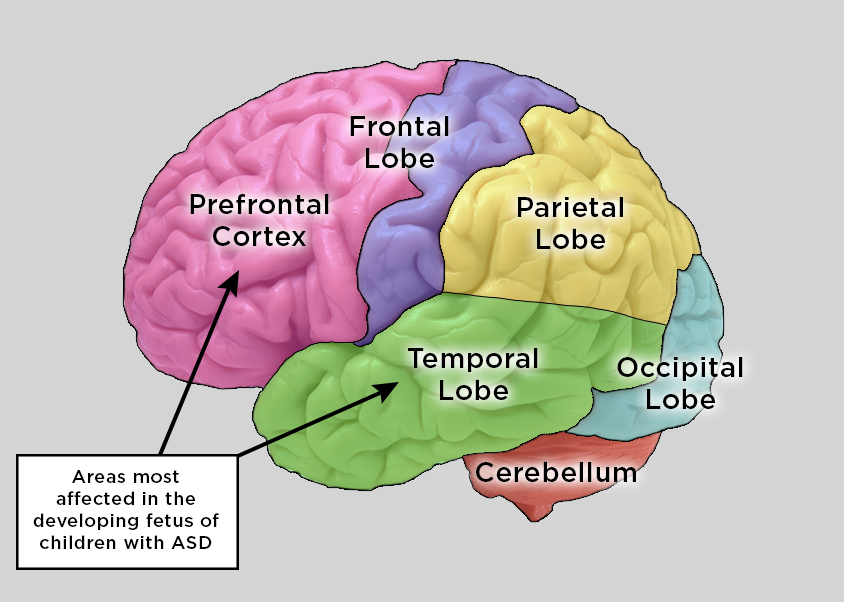
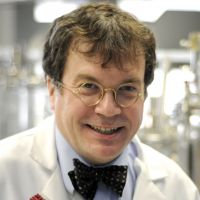

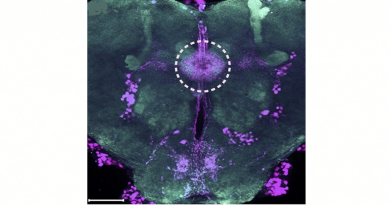
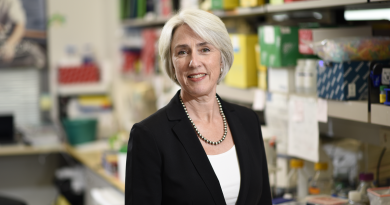
Dr Hotez,
A fine summary of current thinking, from a medical/ research perspective. Much what I would expect.
However I do have to note that reading through this post was a distressing experience due to the barrage (I can find no more appropriate term) of negative terminology throughout – disease, dysfuntion, dysregulation, disorder, diseases and injuries, disease burden, disruptions, abnormal, deficits… many of these occur multiple times.
While I appreciate that the focus of medical research is such that attention is drawn always to things that are or are understood to be problems, there is, as I am fully sure you are aware, far more to being autistic than being an embodiment of disorder and abnormality.
I would also like to draw your attention to one comment: “we might actually prevent autism spectrum disorder by expanding coverage of the MMR vaccine”. I get the irony, and yep it is amusing, but it is built on the presumption that to “prevent” autistics is in some way inherently a good thing. That’s not a perspective that the great majority of autistics would echo, to say the least. It is a view of autistics that often gets (not unreasonably) defined as a form of eugenics. That’s a word that should (and I hope does) prompt a long pause for thought. Its not one used lightly, but used instead by a community of tens of millions who face daily barrages of sensory insults, discrimination, abuse, marginalisation, disadvantage and even murder for the shameful crime of being born as variants to the human model.
While I have followed and admire your sterling efforts to counter the plague of antivaxism, on this front I do know you certainly can do better. You continue to be a fine ally to our community in many ways, but I would urge you to seek out opportunities to understand the range of views within our community more deeply, and help us in the slow process of changing the prevailing language-of-aberrance that is used everywhere about us.
living from birth to death in a world where you are everywhere described as disordered and abnormal is a debilitating experience that directly impacts on the wellbeing of the person. it also provides easy excuses for the denial of accommodations and inclusion, and even life-saving medical care.
its not fair, its hurtful and it does actual damage to us as individuals and as a community by facilitating the very ‘autism epidemic’ propaganda that you elsewhere work so hard to oppose. I can understand that that may be an odd statement to get your head around, but until we stop focusing on words like deficit and disease and abnormality, and start replacing those words with difference, variant, neurodivergent etc, we simply continue to provide the multi-billion dollar antivax-altmed machine with free meals.
I have no doubt whatever that your intentions are only to improve the situation. I’ve outlined here one way in which you can immediatly and directly do just that. Language is no trivial matter- as the primary means of communication for most people, it carries not just information but a whole worldview filled with judgements, value assessments, implications of right and wrong, signals of community membership… and of exclusion. By modifying how you speak of autistics, you directly impact how others think of us.
If you are at all interested in exploring this topic further, I am always available via email. In addition, I would encourage you to reach out to organisations such as ASAN.
Thanks for your time, and keep pounding on the antivaxxers!
Best regards,
MAQQI Âû
I appreciate the thoughtful comments from Maqqi Mucoi Amolngatti Âû. I agree that autism is a spectrum and for many ASD may not constitute a disability, while for others ASD presents tremendous obstacles and challenges. Terms such as “dysregulation,” “disruption,” “disorganization” are those I found frequently in the developmental neuroscience literature. The point of my piece was to report on some of the latest findings of leading scientists in the field so I chose to adopt that terminology. However, as an autism dad, I also recognize that those same terms might be thought of by some as pejorative, so that moving forward our descriptive terms should continue to be evaluated and re-evaluated.
Peter Hotez, M.D, Ph.D.
Vaccines.
Impressive article. I’m an educator from China and now studying in the US.
But autism is rarely a hot topic among Chinese educator.
Hope there will be one day my country will have more researchers to do this part.